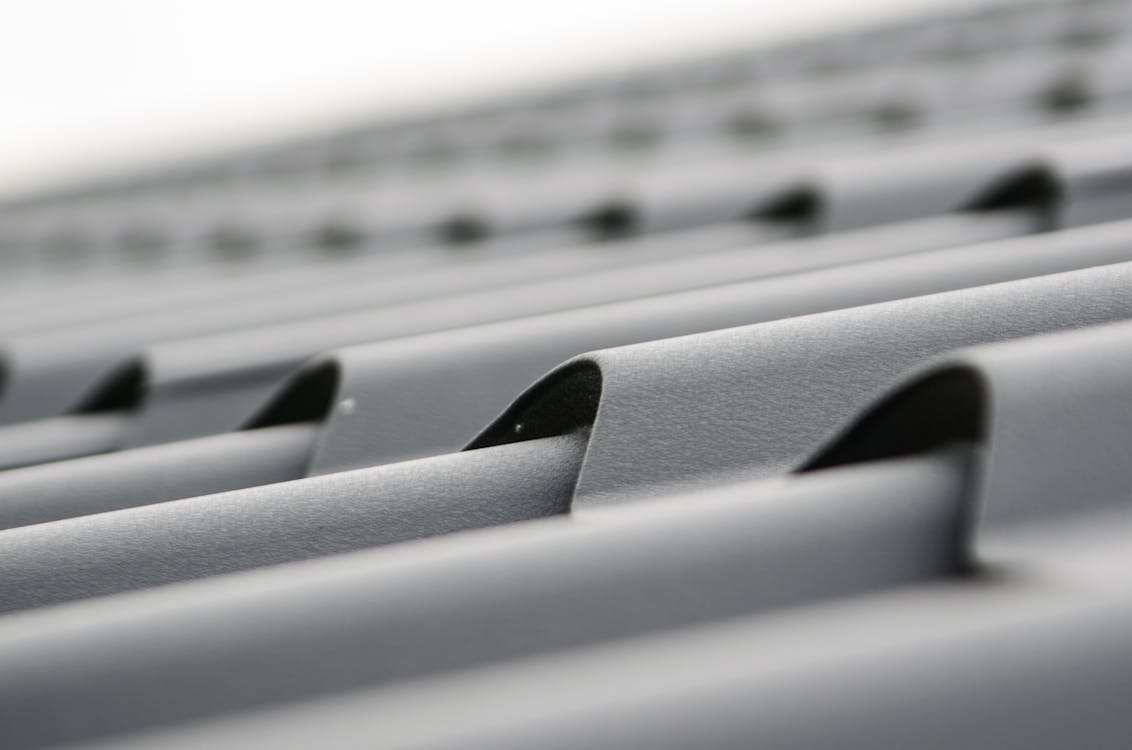
Why Regular Roof Inspections Are Crucial to Detecting Hidden Damage Early
Your roof is your home’s first line of defense against the elements, yet it’s often one of the most overlooked aspects of home maintenance. While most homeowners may wait until they see a leak or a shingle on the ground to consider roof work, by then, significant damage may already be done. Hidden damage can silently erode your roof’s integrity long before you notice visible signs. Regular roof inspections are an important part of home care that can help identify and address these issues before they escalate into costly repairs or dangerous conditions. By understanding why these inspections matter, what they involve, and how they protect your investment, you can take proactive steps toward a safer, more secure home.
Spotting Minor Issues Before They Become Major Problems
One of the most compelling reasons to schedule regular roof inspections is to catch small issues before they evolve into serious problems. Cracked or curled shingles, small leaks, loose flashing, or clogged gutters may seem insignificant at first glance. Left unchecked, these minor faults can develop into structural damage, rot, or mold, resulting in costly repairs or even roof replacement. An experienced inspector can identify these early warning signs during routine checks, enabling homeowners to fix them quickly and affordably. It’s often far cheaper to repair a few shingles or patch a minor leak than to replace an entire section of the roof after months of unnoticed deterioration.
Extending the Lifespan of Your Roof
Roofs are built to last, but their longevity heavily depends on regular maintenance and timely repairs. By conducting routine inspections and learning how to spot roof damage, you’re essentially investing in the long-term durability of your roof. These inspections can reveal areas under stress due to age, weather exposure, or poor installation techniques. With this knowledge, you can proactively take steps such as resealing flashing, replacing aging shingles, or reinforcing weak areas, all of which contribute to extending your roof’s lifespan. Just as regular oil changes keep a car engine running smoothly, scheduled roof inspections keep your roofing system in top condition for years to come.
Protecting Against Water Damage and Mold Growth
Water is one of the most destructive forces when it comes to roofing. Even a tiny crack or gap can allow moisture to seep beneath shingles or into your attic, where it can quietly wreak havoc over time. Regular roof inspections help detect moisture intrusion that might not be visible from the ground or interior of the home. Inspectors use specialized tools to identify soft spots, damp insulation, or discoloration that could indicate hidden leaks. If caught early, these issues can be addressed before they lead to mold growth, which threatens the structural integrity of your home and poses serious health risks to your family.
Improving Energy Efficiency and Reducing Utility Bills
A damaged or aging roof can significantly impact your home’s energy efficiency. Cracks, leaks, or poor insulation allow heated or cooled air to escape, making your HVAC system work harder to maintain a comfortable temperature. This inefficiency can drive up your energy bills and reduce the comfort of your home. Regular inspections ensure your roof remains well-sealed and properly insulated, helping you maintain a more energy-efficient household. Timely repairs suggested during inspections can enhance your roof’s reflective capabilities and reduce heat absorption, especially in warmer climates, further lowering cooling costs during the summer months.
Preserving Property Value and Enhancing Curb Appeal
Your roof is a prominent feature of your home’s exterior and significantly contributes to its overall appearance and value. A well-maintained roof can enhance curb appeal and reassure potential buyers of the home’s structural soundness. A roof with visible wear, missing shingles, or streaks from algae growth can diminish your property’s aesthetic appeal and resale value. Regular inspections help maintain the roof’s integrity and appearance by identifying and correcting problems that could make your home look neglected. If you’re planning to sell your home, having documented proof of regular roof maintenance can also serve as a powerful negotiating tool and reduce buyer hesitation.
Complying With Insurance and Warranty Requirements
Many homeowners’ insurance policies and roofing warranties come with stipulations that require regular maintenance. If damage occurs and you file a claim, your insurer may ask for documentation showing that the roof was routinely inspected and properly maintained. Failing to provide this proof can result in claim denials or reduced compensation. Manufacturers’ warranties on roofing materials often contain fine print stating that regular inspections are necessary to keep the warranty valid. Staying on top of inspections protects your home and ensures you remain eligible for financial support should something go wrong, offering peace of mind and legal protection.
Regular roof inspections are a proactive strategy to protect your home, health, and wallet. By identifying hidden damage early, preventing costly repairs, and ensuring compliance with insurance and warranty requirements, these inspections pay off in both the short and long term. Just like any critical system in your home, your roof deserves consistent attention to function effectively and safely. Making roof inspections a regular part of your home maintenance routine is a simple yet powerful way to ensure the longevity, safety, and value of your property.
Popular Categories





